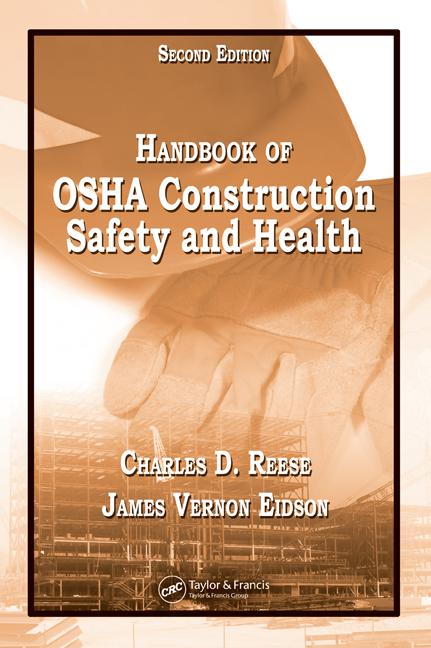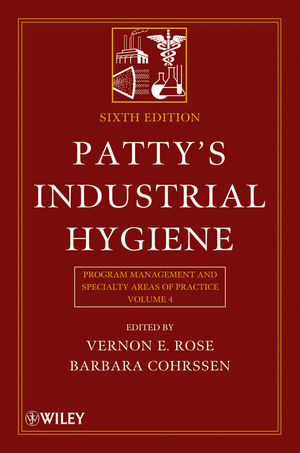I believe this term can be used in terms of safety just as well as ministries. If you look for a formal definition of Glocal, you get something like this; “relating to the connections or relationships between global and local businesses, problems etc.”
Global impacts
It only makes sense that our local actions in safety often have global impacts. Much of our regulations are driven in exactly this way. (Editor’s note: In this article “global” refers to organization-wide issues and practices, not worldwide efforts.)
For example; the construction industry has shown during the last decade or so that their local actions regarding crane safety were not hitting the mark; thus OSHA enacted the new crane regulations in 2011. This is just one example of how Glocal applies to safety. Another example is often OSHA will open up an organization-wide audit for poor performance of an individual (local) company site because it believes the performance of the local site is indicative of poor performance at all the company’s sites.
This Glocal concept does not have to always be from the local changing the global. It is just as applicable in visa-versa; global affecting local. We see this all the time when senior management changes. Previous CEOs or presidents may have had a high priority for employee safety, whereas, the new leadership places less emphasis on the safety effort and the safety effort across the organization begins to fade away.
Global safety also impacts local safety in the influencing of the awarding of contracts. Today many organizations, especially those in the refinery and petrochemical arenas, require contract organizations to have a Total Recordable Incidence Rate (TRIR) of 1.0 or less to do business with the organization. In this case, poor global safety performance can have a negative impact on local contract awards. This would also be just as true going the other way from local impacting the global safety record.
Linking local and global safety efforts
What does this mean to safety?
First, local and global have to be in step with the other. It will be difficult or impossible to succeed if one is out of step with the other. It is also important to understand the commitment, prioritization, and ultimate success or failure of the local or global effort may not necessarily trickle up or down undistorted.
For example, the entire organization can be fully bought in to a safety strategy; the strategy can be well funded, fully implemented and very effective; all to be totally decimated by a frontline supervisor who “is doing it the way he/she has always done it.”
This example is also the most common way that global efforts are gutted at the local level.
Often you hear that safety must be driven from the top in order to be successful. Similarly, we all know that the frontline supervisor is the “lynch pin” of making anything happen in an organization. So which is more important — being globally driven or locally implemented?
It clearly is the proverbial which came first, the chicken or the egg. But we can still add value by considering the Glocal approach to safety. Addressing safety in a Glocal manner insures that the two ends meet; a meeting of the minds; theory becomes implementation and we move the organization in an orderly fashion in the direction we want.
Don’t make assumptions
While a Glocal approach to safety seem to be an obvious “best practice,” it cannot be assumed that local is necessary Glocal, nor is global necessarily Glocal.
As much as we would like to believe that when a proclamation from the head of an organization is made that all in the organization will adhere to the proclamation consistently and continuously, the fact is more times than not “proclamations” get watered down, twisted and forgotten as they move through the organization.
Likewise, we would like to believe that strides toward improvement made in local safety are easily transmitted throughout the organization for all to use as a best practice. Again, more times than not, this is not the case. Different parts of the organization put different priorities on best practices used elsewhere in the same organization.
Positive & negative ramifications
Even though Glocal safety cannot be assumed to be symmetrical around the entire organization, local can effect global, just as global can influence local safety. This can be either positive or negative, depending on what is being engrained into the system.
If a new global directive mandates 100-percent tie off with no exceptions, and it is disseminated and followed all the way to the lowest levels of local safety, it can be a very positive aspect of Glocal safety.
Alternatively, if upper management shows no interest in improving safety in the organization, the impacts can be felt just as strongly down in the local safety arena.
I guess this can be explained by saying that in our organizations we want all the good stuff to take hold, be widely used, endure any lack of interest or support and ultimately be engrained in the very heart and soul of the organization.
Similarly, we want all the bad stuff to quickly die out, be rejected by all levels of the organizations and mediated right on out of the organization, never to be seen or heard of again. Unfortunately, our organizations are not quite so prone to keep the good and shuck the bad.
So what’s the lesson here?
As we make changes in our safety systems, we must ensure that these changes are clearly communicated, followed up on, and have enough continued support to make the change a long-term and successful one. Make sure that your organization’s safety initiatives are truly Glocal.




